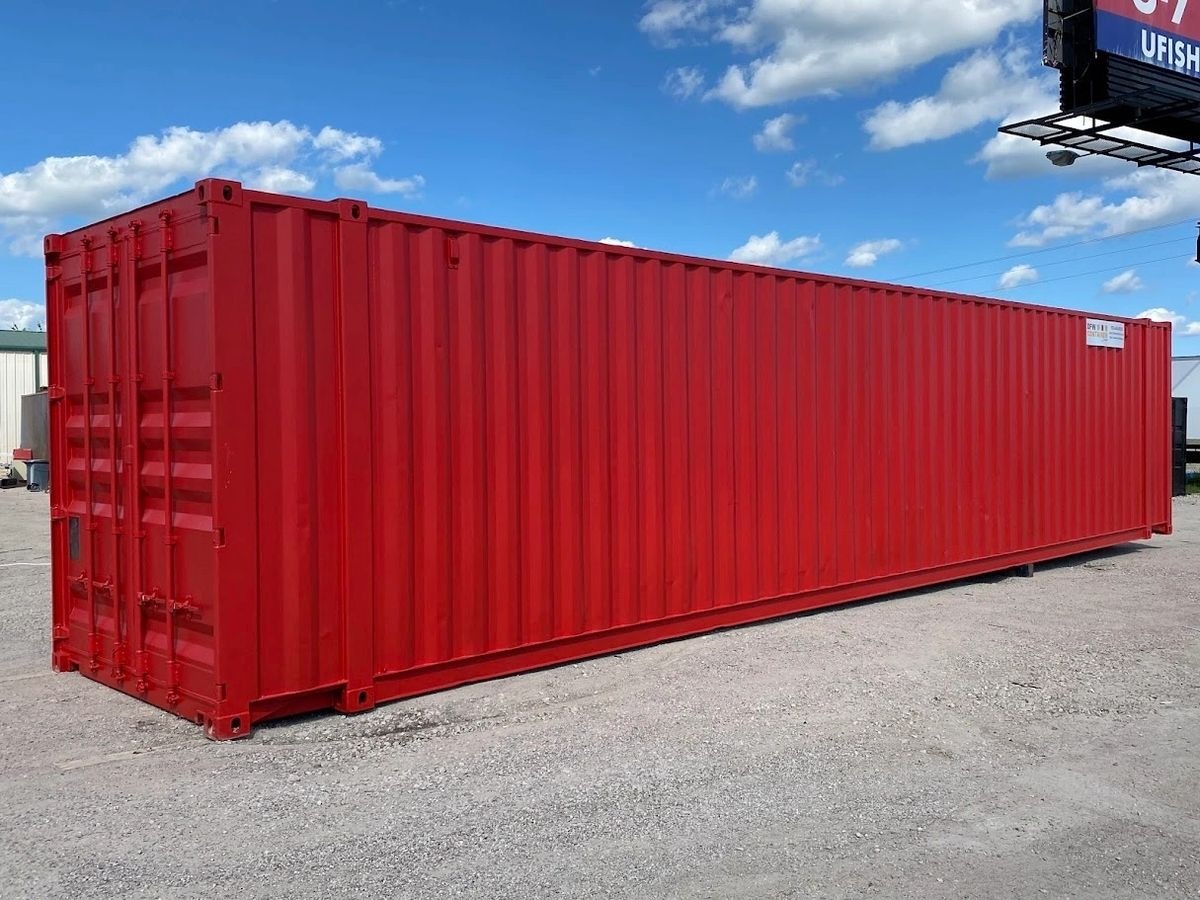10 Tips To Know About Shipping Container Housing

The Rise of Shipping Container Housing: An Innovative Solution for Modern Living
As city populations continue to swell and traditional housing ended up being progressively unaffordable, innovative alternative solutions are gaining traction. One of the most innovative solutions is shipping container housing. This approach repurposes old shipping containers into functional home, striking a balance between price, sustainability, and special aesthetics. In this article, we will explore the benefits of shipping container homes, how they compare to conventional housing, and offer answers to often asked questions.
The Benefits of Shipping Container Housing
Shipping container homes offer several advantages, which can be summed up in the table below:
| Benefit | Description |
|---|---|
| Price | Lower construction costs due to the schedule of used containers. |
| Sustainability | Environmentally friendly option, reducing waste by repurposing containers. |
| Toughness | Strong steel structure makes them resistant to different environmental elements. |
| Modular Flexibility | Easily expandable and customizable designs as they can be stacked or combined. |
| Quick Construction | Minimized structure time compared to traditional homes. |
| Mobility | Can be moved if required; ideal for short-term living circumstances. |
| Distinct Aesthetic | Distinct commercial appearance that can be customized with imaginative designs. |
Affordability
Among the most engaging reasons to think about shipping container housing is its cost-effectiveness. A used shipping container can cost anywhere from ₤ 1,500 to ₤ 5,000, depending on its condition and area. Shipping Container Leasing is significantly lower than conventional housing, making it an appealing alternative for novice purchasers and those on a budget.
Sustainability
With an increasing focus on sustainability, shipping container homes line up completely with eco-friendly practices. By repurposing containers that might otherwise sit unused or end up being scrap metal, homeowners can lower their carbon footprint. In addition, lots of shipping container homes make use of green innovations such as photovoltaic panels and rainwater harvesting systems.
Toughness
Shipping containers are developed to withstand extreme weather and heavy loads during transport. Their steel structure is resistant to termites, mold, and fire, making them a safe and long-lasting alternative for housing. This toughness equates into lower maintenance costs with time.
Modular Flexibility
Shipping container homes are flexible in design. House owners can select to stack containers or connect them side-by-side, creating customized areas fit to their needs. This modular approach enables for easy growth as families grow.
Quick Construction
Standard homes can take numerous months or perhaps years to develop, but shipping container homes can frequently be completed in just a few weeks, thanks to their pre-fabricated nature. This quick construction implies that people can move into their homes much faster.
Mobility
Unlike standard homes that are fixed to a location, shipping container homes can be relocated if needed. This makes them an appealing choice for those who desire versatility or plan to take a trip.
Special Aesthetic
The commercial appearance of shipping containers lends itself to special architectural styles that stand out from standard homes. With correct insulation and completing touches, these homes can be changed into trendy, contemporary home.
Comparing Shipping Container Homes and Traditional Homes
When evaluating housing options, it's important to think about different aspects. The table below shows some key distinctions in between shipping container homes and standard homes:
| Characteristic | Shipping Container Homes | Conventional Homes |
|---|---|---|
| Cost | Usually lower, beginning around ₤ 30,000 | Greater, often exceeding ₤ 200,000 |
| Construction Time | Rapid, weeks to a few months | Lengthy, numerous months to years |
| Resilience | Really durable; resistant to different risks | Long lasting, however more susceptible to weathering |
| Design Flexibility | Highly customizable and modular | Conventional designs, limited in modification |
| Ecological Impact | Environmentally friendly; minimized waste | Environmental effect varies based on materials |
| Zoning and Regulations | May face zoning obstacles due to non-traditional status | Normally follows established building codes |
Frequently Asked Questions (FAQ)
1. Can I finance a shipping container home?Yes, many
lenders are starting to provide funding options for shipping container homes. However, it's vital to inspect local policies and ensure that your home fulfills building codes to assist in the financing procedure.
2. Are shipping containers insulated?Shipping containers
are not insulated by default. Sufficient insulation, such as spray foam, stiff foam board, or standard insulation products, is essential for temperature level control and energy effectiveness.
3. How do I find a shipping container home builder?Research regional contractors specializing in container homes and inspect reviews or case research studies of their previous jobs. Connecting with container home neighborhoods online can also offer recommendations. 4. Do I need a permit to develop a shipping container home?Most locations need structure permits, so it's vital to consult your local zoning and structure department before beginning construction. 5. Are shipping containers safe to live in?Absolutely! When effectively modified and fitted with essential systems(plumbing
, electrical, and HVAC), shipping container homes can be just as safe as traditional homes. Shipping container housing is an ingenious reaction to modern housing obstacles. By offering cost, sustainability, toughness, and unique design chances, this technique of construction is getting interest from different demographics-- especially millennials and those seeking a minimalistic lifestyle. As more individuals and families explore this alternative living option, it is clear that shipping container homes represent a prospective solution to contemporary housing requirements.

